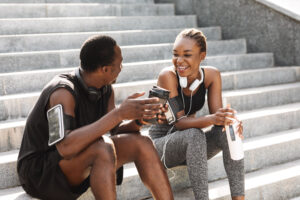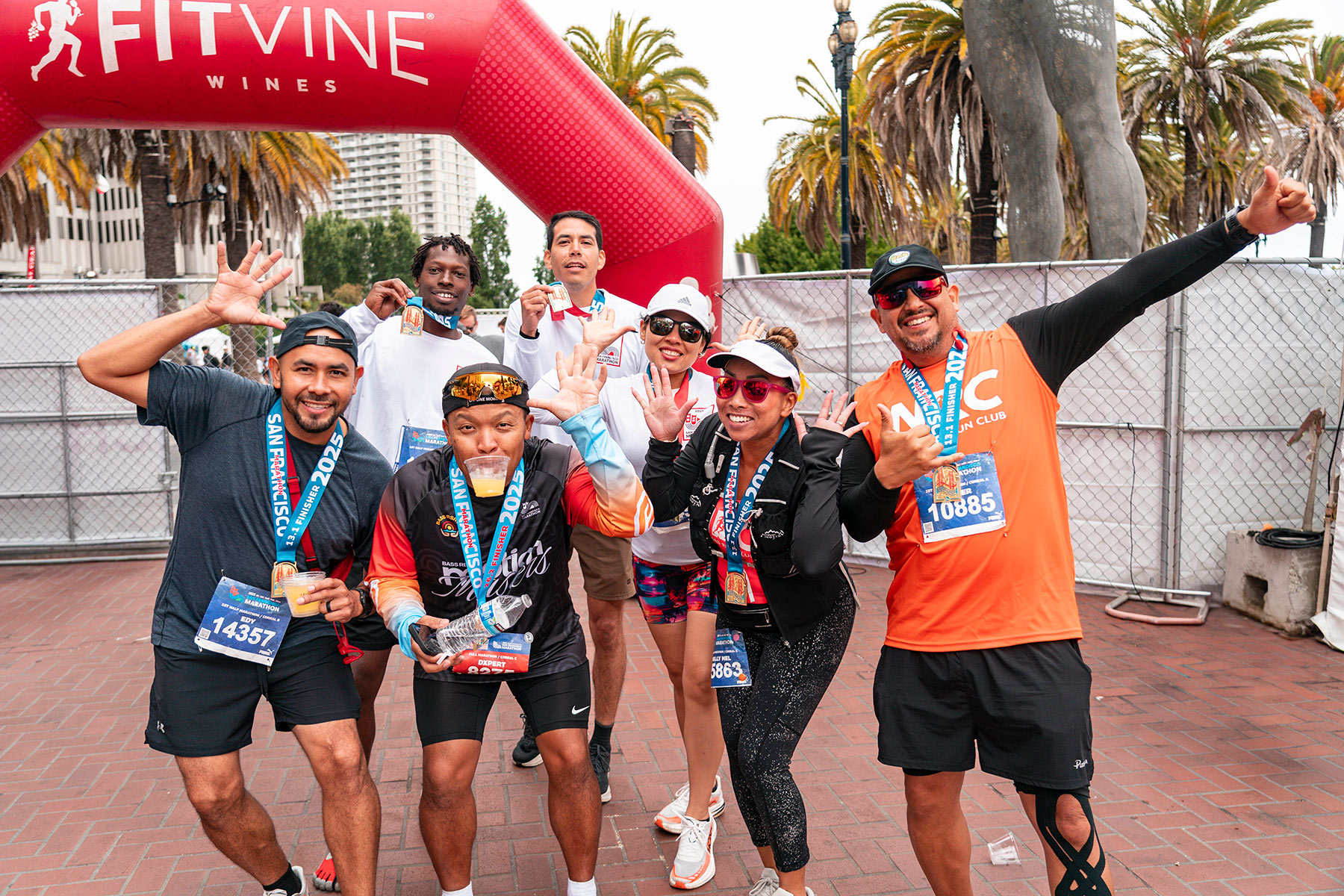Master the Language of Running: 20 Terms You Need to Know
Have you ever bonked? Or trained with your terrible friend, the dreadmill? And what about the wall? Have you hit it yet? If you don’t know how to answer because these sentences just don’t make sense in the context, don’t fret. Today, you’ll learn the most common running terms and finally understand the runner lingo.
Written & edited by Pavlína Marek
Just like any community, runners have, over the years, created their own slang. If you’ve been a part of the running community for some time, you’ve probably already naturally learned and used a couple of those words. There’s also the possibility that you’re in the “I don’t know what it means, and at this point I’m too afraid to ask” boat. If that’s the case, you’ve come to the right place. Here are 20 runner-specific terms to help you understand what your running friends are talking about!
Bandit
Barefoot
In running, barefoot most often describes zero-drop shoes with minimal cushioning.
Bonk
You’re running and then, suddenly, your energy levels drop. Your legs become sluggish, and it feels like your brain has to work twice as hard to come up with a thought. Congratulations, you’ve just bonked. Bonking is nothing else than running low on your blood glucose. It’s the depletion of hydration and/or nutrition, and, therefore, it can be quickly and easily remedied mid-run (if you have access to food and drink).

BQ
Many road runners chase this one every year, trying to get into the most famous race among marathon runners. Yes, you’ve guessed right; BQ stands for Boston Qualifier. It’s a race that qualifies you for the Boston Marathon—if you finish within a certain time limit.
Chafing
If you’ve ever yelped out loud in the shower post-run, you’ve experienced chafing. It’s caused by repeated movement, causing friction between skin and clothes or skin and skin. These superficial wounds sneak up on you slowly—by the time you notice the slight itch or burning, it’s already too late.

C25K
This seemingly random string of letters and numbers does, indeed, carry meaning. It stands for “Couch to 5K,” which is a popular program novice or returning runners use to get from a sedentary lifestyle to running their first (or fastest) 5K.
Dreadmill
Do you dread running on the treadmill? Then this running term should be pretty self-explanatory!
DNF
DNF stands for “Did Not Finish,” which means exactly what you think it means—that someone didn’t make it to the finish line of a race. But hey, they tried. Big props!
DNS
You can probably figure it out faster than you read this; DNS stands for “Did Not Start.” It means someone didn’t come to the race and cross the start line.
Foot Strike
This term describes the way your feet land on the ground when you run. Poor foot strike form can cause injuries.
Hitting the Wall
On the surface, hitting the wall is practically the same as bonking; it just sounds much cooler. But if you get into the science of it, then there is a difference; when you hit the wall, it means you’ve run out of stored glycogen. Unlike bonking, this can’t be easily resolved on a moment’s notice. It’s also sometimes described as reaching the limit of a person’s physical/mental endurance.
LSD
PB
PB stands for “Personal Best.” (Congratulations!)
PR
PR is much the same as PB; it means “Personal Record.”
Rabbit
If you ever see a runner who’s out front, being hounded down by his fellow runners, you’ll have seen a rabbit. This term describes a fast runner who sets the pace (and, often, the precedent) for winning a race.

Runger
When you start putting in more mileage, your energy demand will increase, and sometimes, not even eating an entire fridge of food will help you satisfy that runner’s hunger.
Runner’s High
Depending on who you ask, runner’s high is either a myth or the best thing in the world. It describes a state during which your run suddenly becomes easy, the sun shines brighter, pain has left your body, and your mind soars. That’s endocannabinoids, naturally produced by your own body, binding to cannabinoid receptors in your brain and creating a sense of being high.
Shin Splints
This is a medical term that describes small cracks in your tibias, commonly known as shin bones or shins. Typically, these are caused by increasing your mileage too much or by poor running form/foot strike.

Taper
Taper describes the two to three weeks before your goal race when you take a step back, run less to rest up, and trust the process. For some runners, the taper can be a stressful experience.
Zero Drop
Most running (and ordinary) shoes have a drop—there’s a difference in stack height between your heel and your toes. In other words, your heel sits higher than the front of your foot. Zero-drop shoes don’t have this difference—the heel and the toes are left in their natural, flat position.
Congratulations! Now you know some of the runner lingo you’ll encounter out there. (Although I do hope you never have to say that you’ve chafed.) Now go and get some miles in during your LSD run, and don’t forget to chase the rabbit next time you aim to get a PB during a race!


